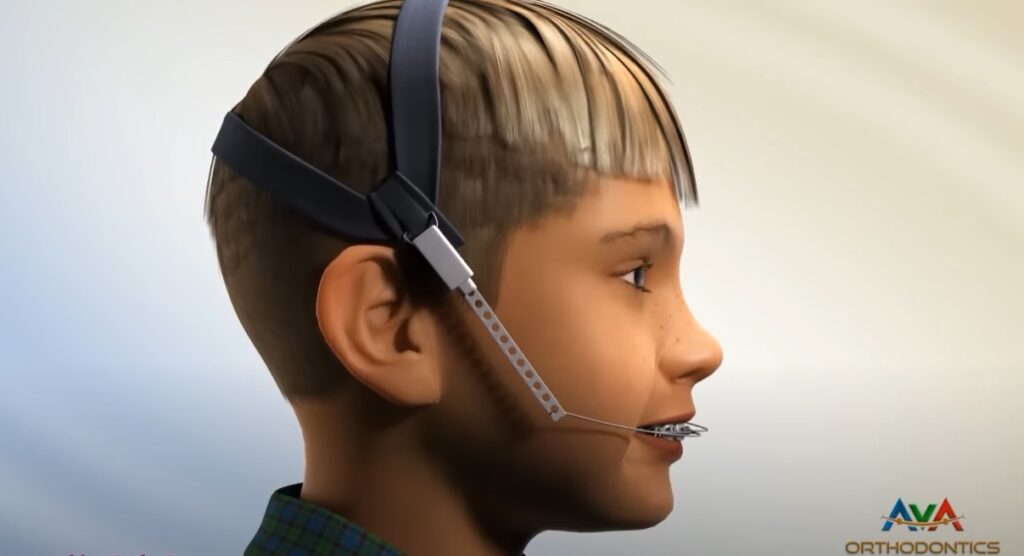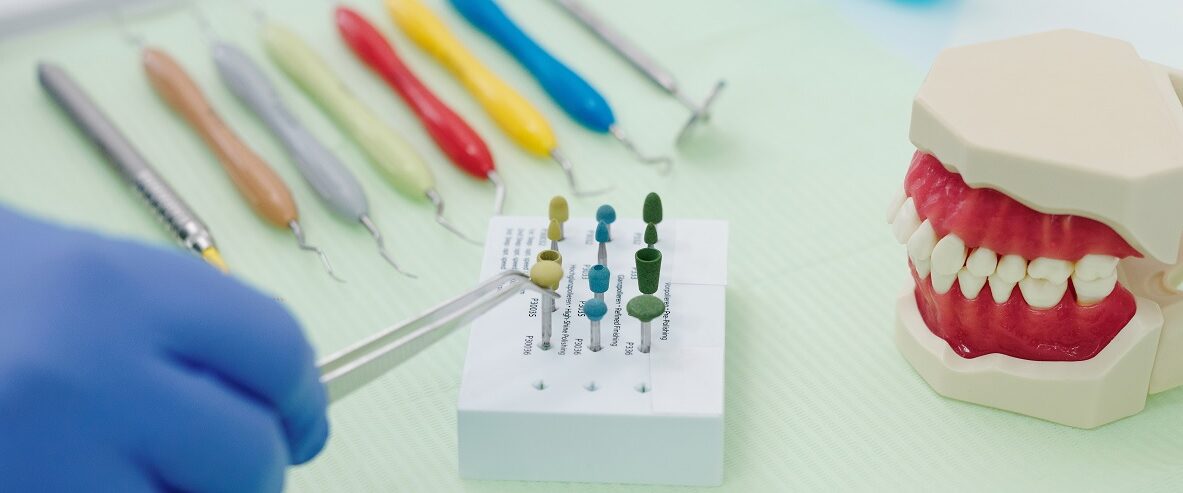
When it comes to orthodontic treatment, headgear is a powerful tool that orthodontists use to correct bite issues and align smiles. Headgear may sound intimidating, but it is an effective and commonly used appliance that can help patients achieve optimal dental health and a beautiful smile. In this article, we will explore the purpose, types, and benefits of headgear in orthodontic treatment.
What is Headgear?
Headgear is an orthodontic appliance that consists of a facebow, which is a metal or plastic wire, and straps or bands that attach the facebow to the patient’s head. The purpose of headgear is to apply gentle external force to the teeth and jaws, promoting proper alignment and bite correction. It works in conjunction with other orthodontic appliances, such as braces or aligners, to achieve the desired results.
Types of Headgear
1. Cervical Pull Headgear: This type of headgear is commonly used to correct an overbite, where the upper teeth significantly overlap the lower teeth. It consists of a facebow that connects to a strap worn around the back of the neck, exerting a backward force on the upper teeth and jaw.
2. High-Pull Headgear: High-pull headgear is designed to correct an overbite and encourage vertical growth of the upper jaw. It involves a facebow that connects to straps worn over the back of the head and exert an upward force on the upper teeth.
3. Reverse-Pull Headgear: Also known as a protraction facemask, reverse-pull headgear is used to correct an underbite, where the lower teeth protrude in front of the upper teeth. It consists of a facebow connected to a forehead pad and chin cup, which apply forward force to the upper jaw, gradually aligning it with the lower jaw.
Benefits of Headgear
1. Bite Correction: Headgear plays a crucial role in correcting various bite problems, such as overbites, underbites, and crossbites. By exerting precise forces on the teeth and jaws, headgear helps shift them into their proper positions, improving the alignment of the bite.
2. Facial Symmetry: Certain bite issues can lead to facial asymmetry, such as a misaligned jaw or disproportionate growth of the upper or lower jaw. Headgear can help promote balanced growth, resulting in improved facial symmetry and aesthetics.
3. Space Creation: In some cases, headgear is used to create space in the mouth for teeth that are overcrowded or impacted. By gently applying forces, headgear helps create enough room for the teeth to align properly, preventing the need for extractions.
4. Jaw Growth Modification: Headgear can influence jaw growth in growing children, promoting the development of a harmonious bite and aligning the teeth. It can help guide the growth of the upper jaw, lower jaw, or both, resulting in a more balanced and functional occlusion.
5. Enhancing Orthodontic Treatment: Headgear is often used in conjunction with other orthodontic appliances, such as braces or aligners, to enhance the effectiveness of treatment. It aids in aligning teeth, closing gaps, and ensuring the proper positioning of the jaws.
Wearing and Caring for Headgear
Wearing headgear requires consistency and commitment to achieve the desired results. Patients are typically advised to wear headgear for a certain number of hours each day, including during sleep. Compliance with wearing headgear is crucial for the effectiveness of treatment, so it is important to follow the orthodontist’s instructions diligently.
Taking care of headgear involves proper cleaning and maintenance. It is essential to clean the headgear regularly to remove any food particles or bacteria that may accumulate. The straps and facebow can be gently cleaned with a soft toothbrush and mild soap or toothpaste. It’s important to avoid using harsh chemicals or abrasive materials that could damage the appliance. Additionally, it’s recommended to store the headgear in a protective case when not in use to prevent any damage or bending.
Regular visits to the orthodontist are necessary to monitor the progress of the treatment and make any necessary adjustments to the headgear. The orthodontist will assess the bite, check the fit of the appliance, and make any modifications to ensure optimal results. It’s important to attend these appointments as scheduled and communicate any concerns or discomfort experienced while wearing the headgear.
It’s normal to experience some initial discomfort when wearing headgear as the mouth and jaw adjust to the appliance. However, over time, most patients become accustomed to wearing it, and any discomfort diminishes. It’s crucial to follow the orthodontist’s recommendations for wearing the headgear consistently to achieve the desired results within the expected timeframe.
It’s worth noting that headgear is typically used during adolescence when the jaw is still growing. The duration of headgear treatment varies depending on the severity of the bite issue and the individual’s response to treatment. Some patients may need to wear headgear for a few months, while others may require it for a longer period.
Headgear is a powerful orthodontic tool for correcting bite issues and aligning smiles. By applying gentle forces to the teeth and jaws, headgear helps shift them into proper alignment, improving the bite and enhancing facial aesthetics. It offers numerous benefits, including bite correction, facial symmetry, space creation, and jaw growth modification. Wearing headgear consistently and following the orthodontist’s instructions is key to achieving optimal results. With proper care and regular visits to the orthodontist, headgear can play a transformative role in orthodontic treatment, helping individuals achieve a healthy, functional, and beautiful smile.
